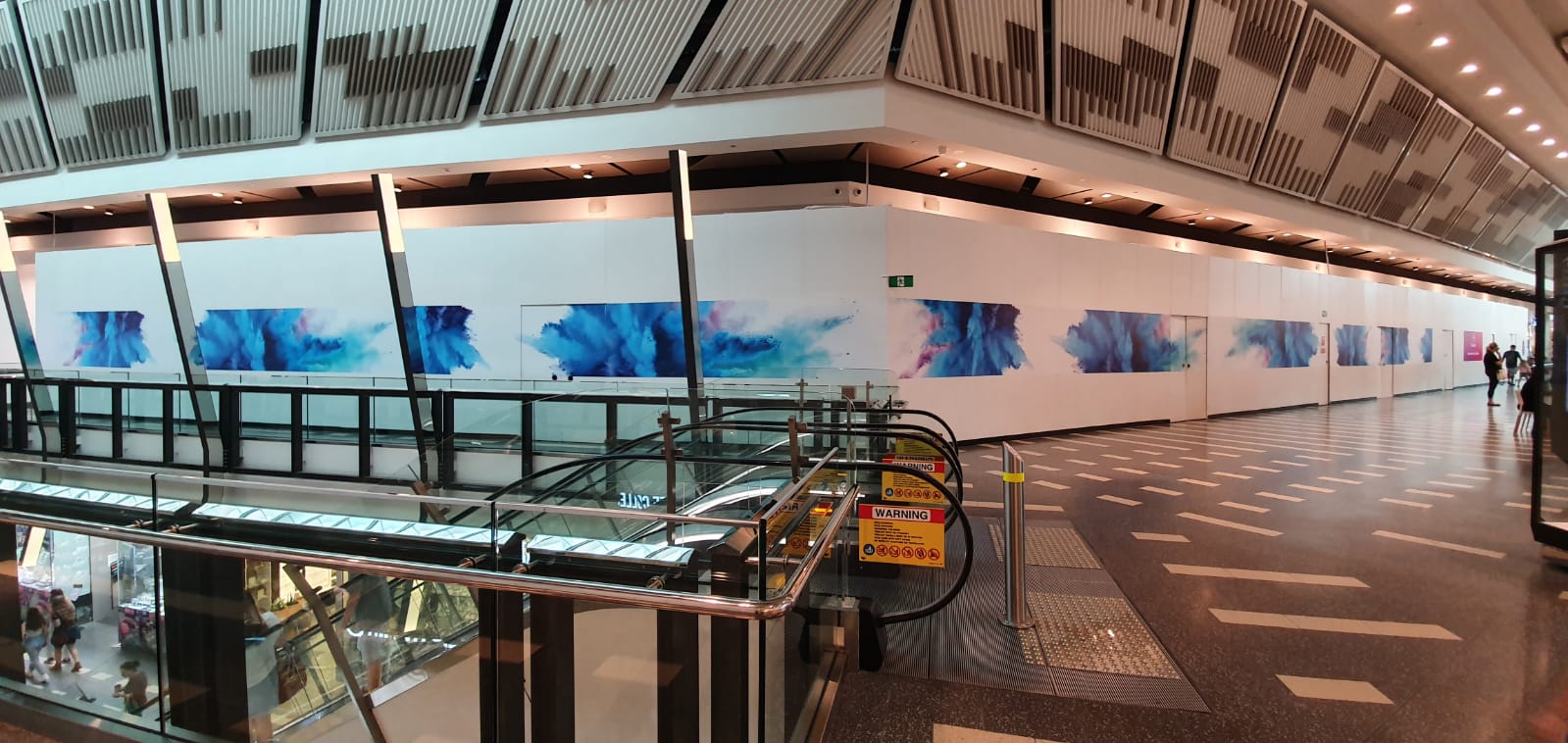
Hoarding Design: The Unsung Hero of Construction Sites
Often overlooked as a mere construction necessity, hoarding design plays a pivotal role in the success of any construction project. From ensuring safety and security to enhancing the project’s image and even contributing to its sustainability, a well-designed hoarding can make a significant difference. This article explores the intricacies of hoarding design, delving into its various aspects, from materials and types to its impact on public perception and the environment.
 The Importance of Hoarding Design
The Importance of Hoarding Design
Hoarding design is more than just erecting a barrier around a construction site. It involves careful planning and consideration of several key factors to create a structure that not only protects people and property but also enhances the project’s overall impact. A well-designed hoarding can contribute to a safer work environment, deter vandalism, and create a positive impression on the local community.
 Types of Hoarding and Their Applications
Types of Hoarding and Their Applications
The choice of hoarding type depends on various factors, including project size, location, and specific requirements.
- Timber hoarding: Often used for its aesthetic appeal, timber hoarding can contribute to a project’s overall visual impact. However, its sustainability depends on the timber’s source.
- Class A hoarding: A common choice for low-rise construction projects, class A hoarding offers a balance of cost-effectiveness and durability.
- Class B hoarding: Designed for taller buildings and sites exposed to higher wind loads, class B hoarding provides increased stability and protection.
- Temporary fencing: A versatile option for smaller projects, temporary fencing offers flexibility and cost-effectiveness. It’s often used for crowd control or internal site divisions.
Key Considerations in Hoarding Design
Effective hoarding design requires a balanced approach that considers several essential factors:
- Safety: Prioritising the protection of workers and the public is paramount. Adherence to safety regulations and standards is crucial for ensuring the hoarding’s structural integrity.
- Security: Preventing unauthorised access and protecting site assets is essential. Implementing security measures such as anti-climb features and secure gate systems can enhance the hoarding’s protective function.
- Aesthetics: The visual impact of hoarding can significantly influence public perception. A well-designed hoarding can enhance the project’s image and foster positive community relations.
- Sustainability: Incorporating eco-friendly materials and practices into hoarding design contributes to the project’s overall environmental performance and demonstrates a commitment to sustainability.
- Functionality: The hoarding must be practical, easy to install, maintain, and dismantle. It should also accommodate site access requirements, such as pedestrian and vehicle gates.
 Materials and Their Impact
Materials and Their Impact
The choice of materials significantly influences the hoarding’s performance, cost, and environmental impact.
- Timber hoarding: Offers a traditional aesthetic, and is highly recyclable.
- Metal hoarding: Known for its durability and longevity, metal hoarding is often used in high-security or high-wind environments.
- Composite hoarding: Combining the benefits of timber and metal, composite hoarding offers a sustainable and durable option.
- Mesh and fabric: Often used for temporary fencing, mesh and fabric provide a cost-effective solution for smaller projects.
Hoarding and Public Perception
A well-designed hoarding can transform a construction site from an eyesore into a community asset. By incorporating visually appealing elements such as artwork, informative displays, or branding, hoardings can create a positive impression and engage the local community.
 Sustainable Hoarding Design
Sustainable Hoarding Design
The construction industry’s increasing focus on sustainability necessitates eco-friendly hoarding practices.
- Material selection: Prioritize recycled, recyclable, or sustainably sourced materials to minimize environmental impact.
- Waste reduction: Implement strategies to reduce waste during hoarding production, installation, and removal.
- Energy efficiency: Explore opportunities to incorporate energy-efficient components or design features.
- End-of-life considerations: Plan for the reuse, recycling, or disposal of hoarding materials at the project’s end.
Conclusion
Hoarding design is a multifaceted aspect of construction with a significant impact on project success. By prioritizing safety, security, aesthetics, sustainability, and functionality, construction professionals can create hoarding solutions that not only protect people and property but also enhance the project’s overall image and contribute to a more sustainable future. As the construction industry evolves, we can expect to see further innovations in hoarding design that push the boundaries of creativity, sustainability, and performance.




